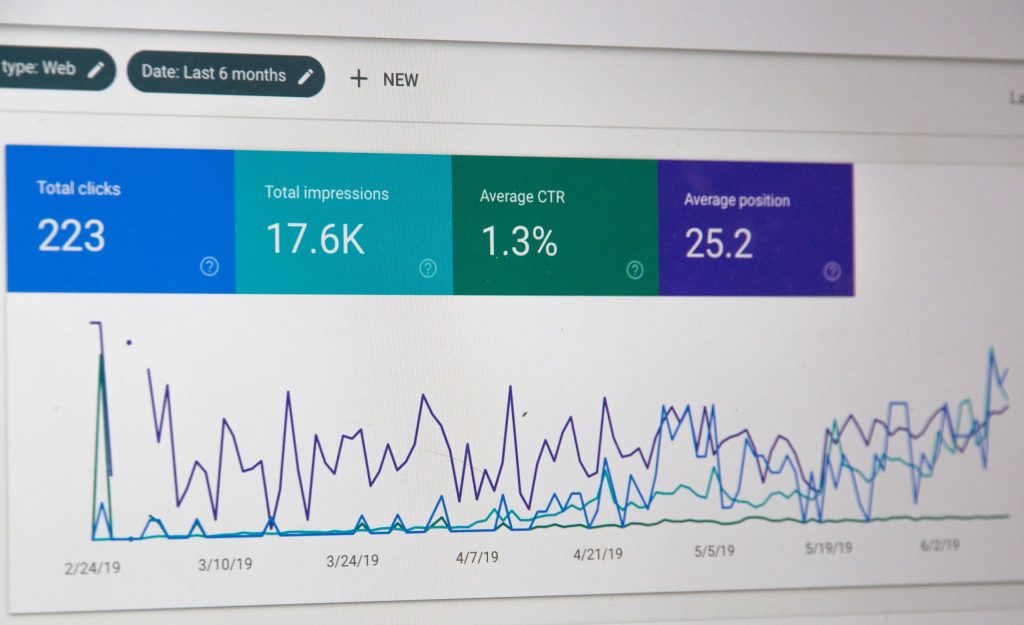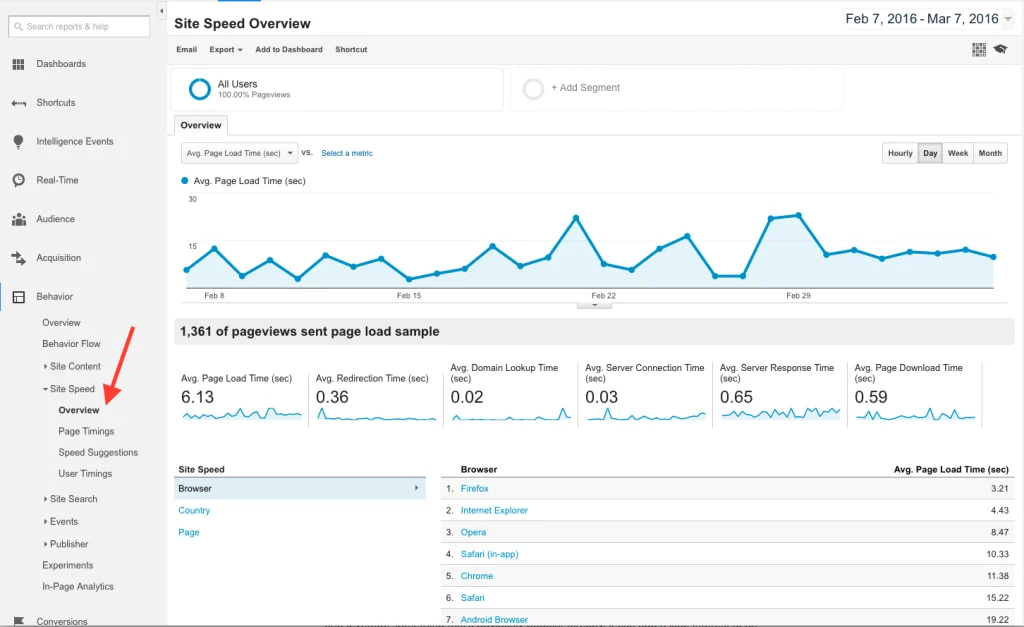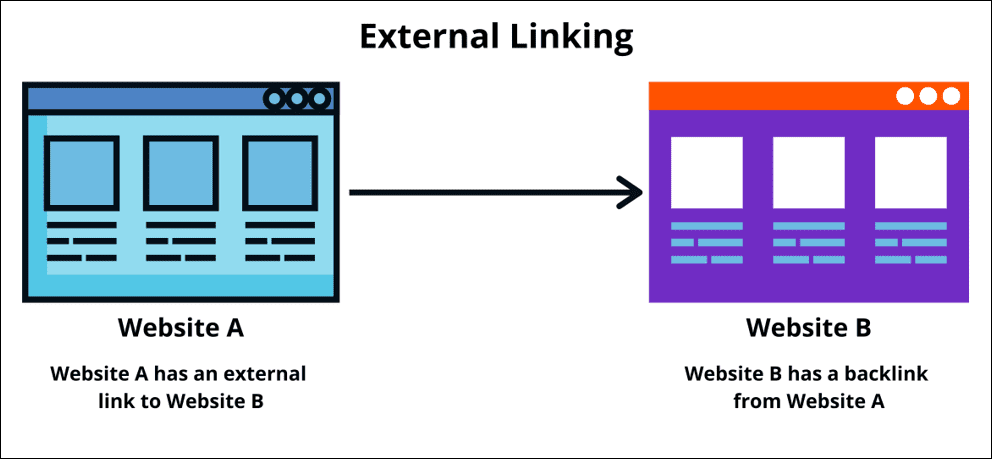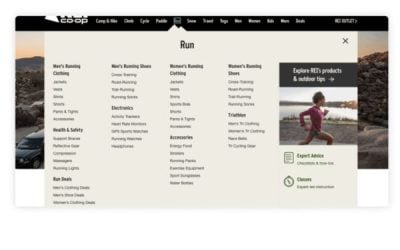Measuring Web Design Success: Analytics and KPIs
In the digital age, the success of a website is not just about aesthetics or user experience. It’s about data-driven decisions and measurable outcomes. Measuring Web Design Success: Analytics and KPIs is a comprehensive approach that helps businesses understand how their website is performing and where improvements can be made. This article delves deep into the world of web analytics, KPIs, and how they play a crucial role in determining the success of web design.
Key Takeaways:
- Understanding the importance of analytics in web design.
- Identifying the right KPIs for website development and content.
- Utilizing tools like Google Analytics to measure website performance.
- Recognizing the significance of website performance metrics.
This article aims to answer the following questions:
How do you measure web design success using analytics and KPIs?
Can you provide examples of analytics and KPIs for measuring web design success?
What are the key performance indicators (KPIs) for website development?
Can you list some website KPI examples?
How can you effectively measure website success?
Which KPIs are essential for evaluating website content?
How does Google Analytics contribute to measuring website success?
What are the best practices for measuring website performance?
Can you provide examples of website performance metrics?
Why Analytics Matter in Web Design

Web design is not just about creating a visually appealing site. It’s about creating a site that meets business objectives and serves its intended audience effectively. Analytics provide insights into how users interact with a site, which pages they visit most often, how long they stay, and much more. By understanding these metrics, businesses can make informed decisions about where to make changes or improvements.
Measuring Web Design Success Analytics and KPIs Examples
When it comes to measuring the success of a web design, there are several KPIs that businesses can look at. Some of the most common KPIs include:
- Bounce Rate: This measures the percentage of visitors who navigate away from the site after viewing only one page. A high bounce rate might indicate that the landing page isn’t relevant to visitors or that the site isn’t user-friendly.
- Page Views: This metric shows how many times a particular page has been viewed. It can give insights into which pages are most popular and which ones might need improvement.
- Average Session Duration: This KPI measures the average amount of time a user spends on the site. A longer session duration indicates that visitors are finding the content engaging and valuable.
KPI for Website Development
Website development is a broad field, and there are numerous KPIs that businesses can track to measure success. Some of the most crucial KPIs for website development include:
- Load Time: The time it takes for a page to load completely. A faster load time improves user experience and can also boost search engine rankings.
- Error Rate: The number of errors that occur on the site. This can include broken links, 404 errors, or other technical issues.
- Conversion Rate: This measures the percentage of visitors who take a desired action, such as signing up for a newsletter or making a purchase.
KPI for Website Content
Content is king in the digital world, and it’s crucial to measure how that content is performing. Some essential KPIs for website content include:
- Engagement Rate: This measures how engaged users are with the content. It can be determined by looking at metrics like page views, time spent on page, and social shares.
- Click-Through Rate (CTR): This measures the percentage of users who click on a specific link to a specific page. A higher CTR indicates that the content is relevant and appealing to visitors.
- Return Visitor Rate: This KPI measures the percentage of visitors who return to the site after their initial visit. A higher return visitor rate indicates that the content is valuable and worth revisiting.
How to Measure Website Performance with Google Analytics

Google Analytics is a powerful tool that provides a wealth of information about website performance. Some of the key metrics to track in Google Analytics include:
- Users: The number of people who have visited the site.
- Sessions: The number of individual sessions initiated by users.
- Pageviews: The total number of pages viewed.
- Pages/Session: The average number of pages viewed during a session.
- Average Session Duration: The average length of a session.
By diving deep into these metrics, businesses can gain a better understanding of how their site is performing and where there might be opportunities for improvement.
Website Performance Metrics to Consider
Website performance metrics provide insights into how well a site is functioning you should be doing website audits regularly to check these. Some of the most important metrics to consider include:
- Page Load Time: As mentioned earlier, the time it takes for a page to load is crucial for user experience.
- Time on Site: This metric measures the average amount of time a user spends on the site.
- Page Views per Visit: This KPI provides insights into how many pages a user views during a single visit.
- Return Visitor Rate: As mentioned earlier, this metric measures the percentage of visitors who return to the site after their initial visit.
- The Role of External Links in Web Design Success
The Role of External Links in Web Design Success

External links play a crucial role in web design success. They can boost SEO, drive traffic, and establish credibility. Some of the benefits of external links include:
- Boosting SEO: Search engines view external links as a sign of credibility and authority. Sites with high-quality external links can rank higher in search results.
- Driving Traffic: External links can drive traffic from other reputable sites, increasing visibility and potential conversions.
- Establishing Credibility: Linking to authoritative sources can establish credibility and trust with visitors.
Advanced UX Metrics

User Journey Metrics
User journey metrics provide insights into how users navigate and interact with a website or application. These metrics help designers understand the paths users take, identify potential roadblocks, and optimize the overall user experience.
User Flow Analysis
User flow analysis tracks the paths users take when navigating through a website. By understanding these paths, designers can identify popular routes, potential bottlenecks, and areas for improvement.
Funnel Drop-Off Rate
The funnel drop-off rate measures the percentage of users who abandon a process (like signing up or making a purchase) before completing it. A high drop-off rate can indicate issues with the user experience, such as confusing navigation or a lengthy sign-up process.
Time to Complete Key Actions
This metric measures the average time it takes for users to complete specific actions on a website, such as filling out a form or making a purchase. Longer times can indicate usability issues or barriers to completion.
Accessibility Metrics
Accessibility metrics gauge how inclusive and compliant a website is, ensuring that all users, including those with disabilities, can access and use the site effectively.
WCAG Compliance
WCAG (Web Content Accessibility Guidelines) compliance measures how well a website meets established accessibility standards. Adhering to these guidelines ensures that websites are usable by everyone, regardless of their abilities.
Screen Reader Compatibility
Screen reader compatibility assesses how well a website works with assistive technologies used by visually impaired users. Ensuring compatibility means that all users can access and navigate the site effectively.
Keyboard Navigation Efficiency
This metric evaluates the ease with which users can navigate a website using only their keyboard. Efficient keyboard navigation is crucial for ensuring accessibility, especially for users with motor impairments.
Emotional Metrics
Emotional metrics measure users’ emotional responses and sentiments towards a website or application. These metrics provide insights into how users feel about their interactions and the overall user experience.
Sentiment Analysis
Sentiment analysis gathers qualitative insights, such as emotions and opinions, to provide a deeper understanding of how users perceive and feel about a website or product.
Emotional Engagement Metrics
These metrics measure emotional responses based on visuals or interactions within a user interface. They can range from shared feelings and reactions to long-term sentiments created by the product’s experience.
User Feedback Analysis
User feedback analysis incorporates tools and methods like surveys and heatmaps to provide an accurate representation of users’ responses regarding satisfaction, usability, and loyalty.
Frequently Asked Questions (FAQs)
What are the key KPIs for measuring web design success?
Key KPIs include bounce rate, page views, average session duration, conversion rate, and click-through rate, among others.
How can Google Analytics help in measuring website performance?
Google Analytics provides a wealth of data, including user demographics, behavior patterns, and conversion metrics, which can be used to gauge website performance and user engagement.
Why is it essential to measure emotional metrics in web design?
Emotional metrics provide insights into users’ feelings and perceptions, helping designers understand what aspects of the design resonate with users and where improvements can be made.









![The Impact of Having a Business Website: A Survey Conducted by New Perspective Design in South Africa [Case Study 2025]](https://www.newperspectivestudio.co.za/wp-content/uploads/2025/02/The-Impact-of-Having-a-Business-Website-survey.jpg)




